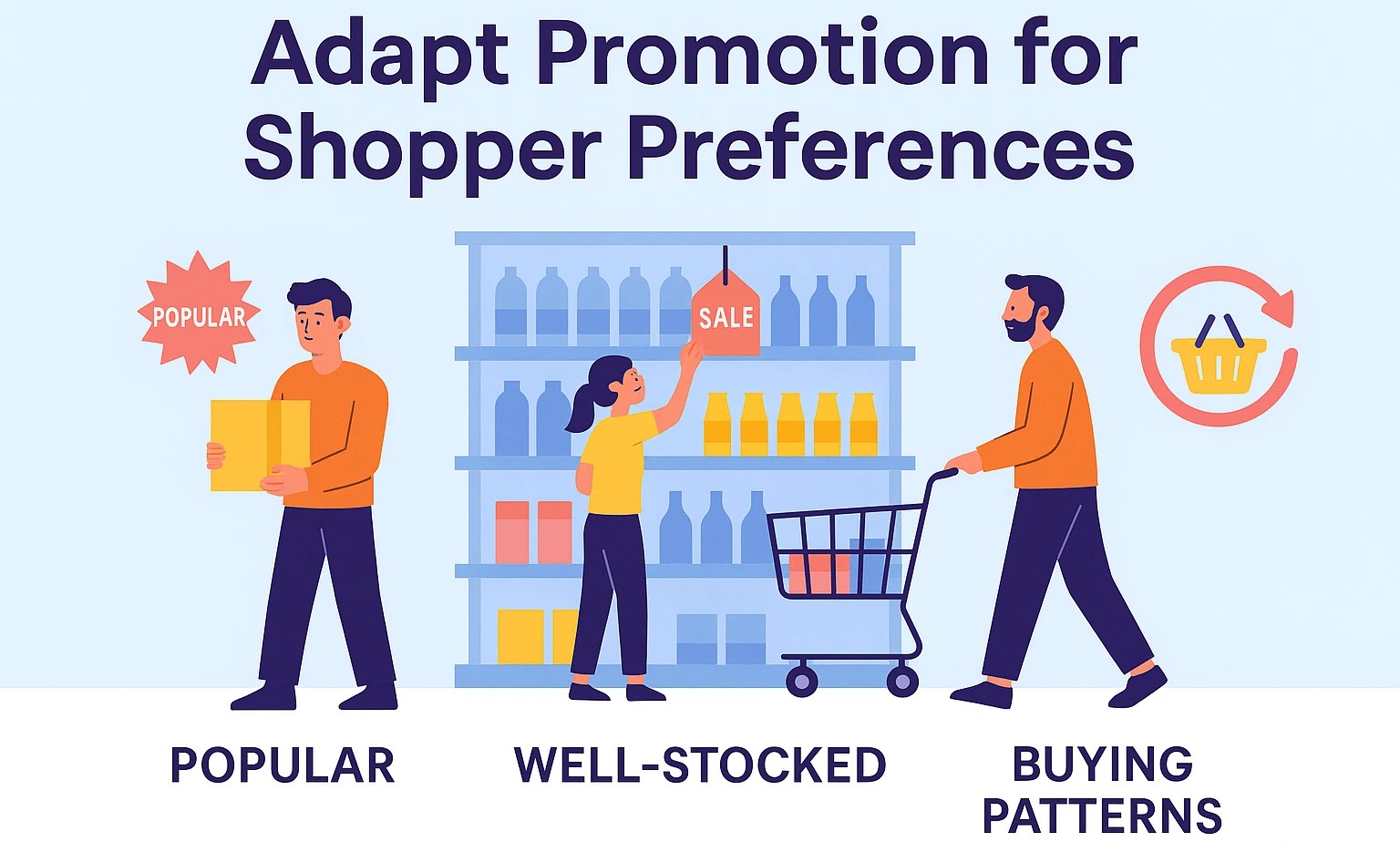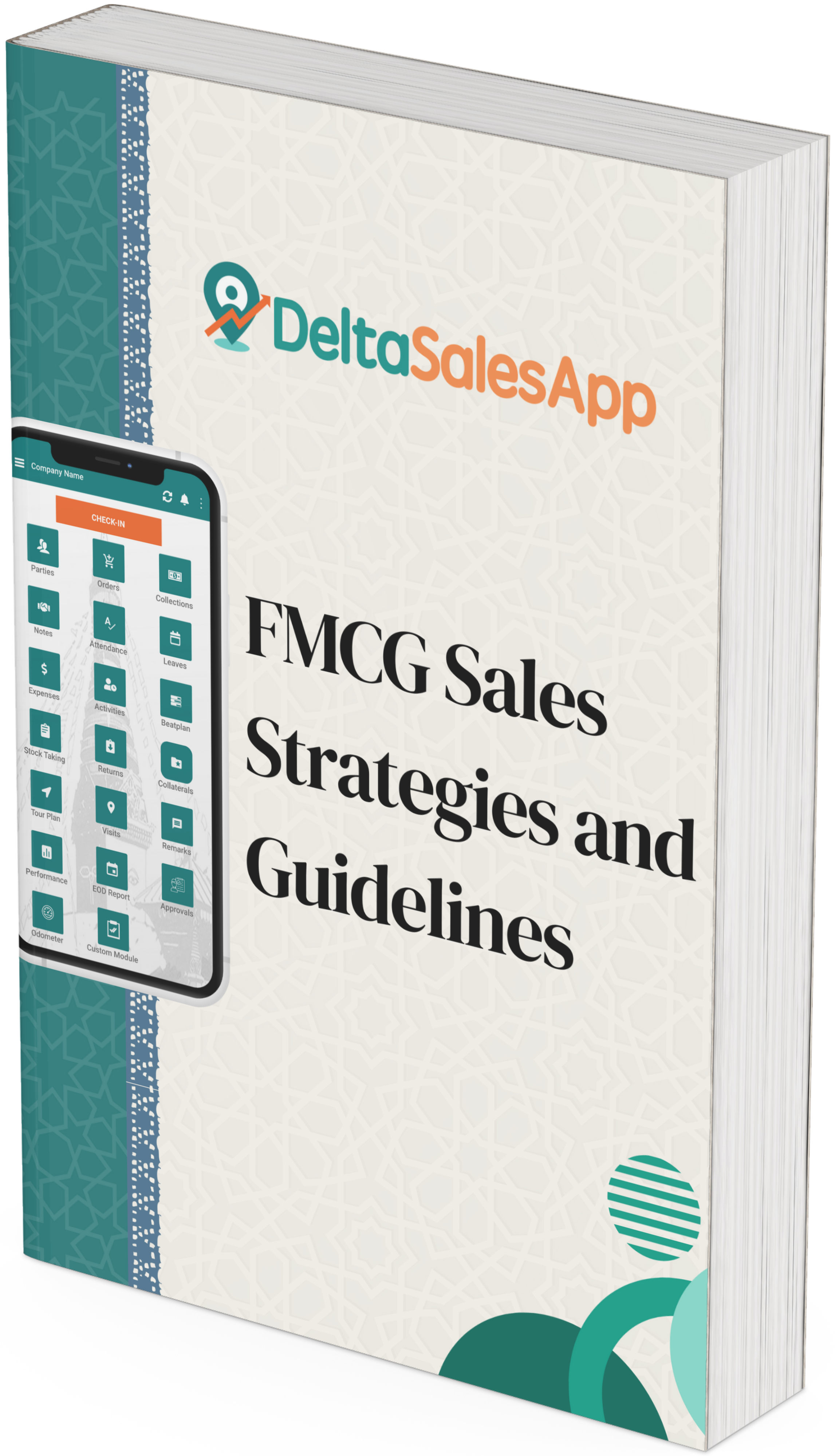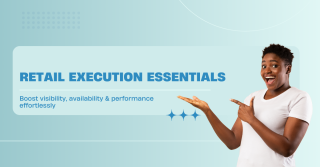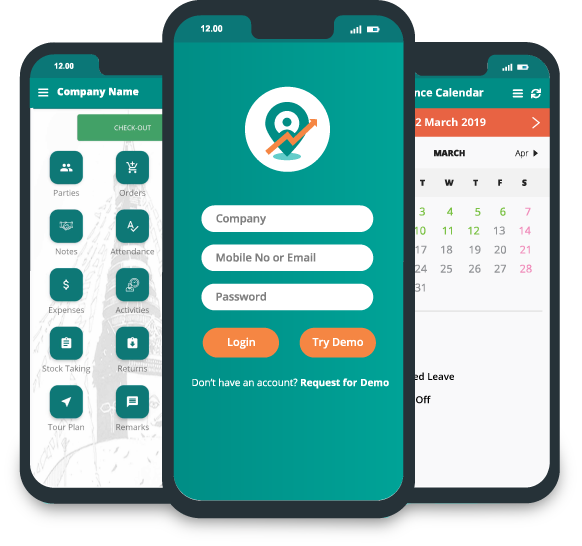Top 5 Field Team Best Practices for Retail Growth in 2025

In the competitive landscape of consumer packaged goods (CPG), adapting to retail challenges is crucial for staying ahead. As the retail environment continues to evolve, field sales teams must keep pace. This guide outlines five of the most effective field team best practices to fuel retail growth in 2025 and beyond. Brands that focus on practical strategies, including safety, digital transformation, and smart data use, can significantly enhance field team performance and drive retail success.
🛡️ Build Trust Through Safety and Community Engagement
Consumers today value brands that prioritize safety and community involvement. Trust has become a crucial factor in purchasing decisions, with shoppers expecting brands to demonstrate a commitment to both employee and public safety. Implementing effective safety protocols not only ensures the well-being of employees but also enhances the brand’s reputation in the community.
Field teams play a vital role in executing safety measures at retail locations. They must be trained to follow safety guidelines and proactively address any safety concerns. Building strong community connections through local events or sponsorships further boosts consumer perception and loyalty.
Field Team Actions
Action | Benefit |
Maintain safe in-store conditions | Builds trust and ensures employee safety |
Use scheduling tools | Reduces unnecessary contact and aligns with store hours |
Community engagement | Enhances brand loyalty and local relationships |
Transparent communication | Reinforces trust with retail partners |
By actively supporting community well-being and maintaining transparent communication, field teams can create lasting positive impressions, building long-term loyalty with both retailers and shoppers.
💡 Embrace Digital Transformation for Greater Agility
The rapid pace of digital adoption has transformed how field teams operate. Implementing a route planning for sales reps can empower teams to collect data efficiently, enabling real-time decision-making and better resource allocation. Brands that embrace digital tools can adapt more quickly to changes, from store closures to supply chain disruptions. Digital transformation allows field teams to collect and analyze data in real time, making it easier to respond to market changes and optimize retail strategies.
To stay competitive, field teams should be equipped with mobile solutions that enable reporting, order management, and planning while on the go. Centralizing communication through digital platforms can significantly enhance coordination between team members and decision-makers.
Best Practices for Digital Readiness:
Adopt technology that enables real-time updates and task management.
Equip field reps with mobile solutions for reporting, order management, and planning.
Centralized communication to improve decision-making and coordination.
_1747373957.jpg)
🌍 Optimize Coverage with Blended Team Models
Maintaining a strong retail presence while controlling costs requires a strategic approach. Blended workforce models, combining in-house and third-party teams, offer flexibility to scale operations as needed. These models are particularly beneficial during peak seasons or when launching new products, as they allow for rapid workforce expansion without long-term commitments.
Field managers must ensure that both in-house and third-party members are aligned with the brand’s standards and expectations. Regular training sessions and integrated reporting systems help maintain consistency and quality across the blended team.
Benefits of Blended Models | Why it Works? |
Flexibility to support promotions and seasonal surges | Adapts to changing retail demands |
Improved reach into underserved locations | Maintains brand presence |
Controlled outsourcing costs | Optimizes workforce management |
📈 Rethink Promotions to Align with Shopper Behavior
Consumer behavior has shifted, favoring convenience and value. Brands that realign their promotional strategies accordingly can maximize engagement and sales. Offering personalized promotions based on consumer data helps increase relevance and effectiveness.
Understanding consumer shopping habits is essential for designing impactful promotions. Brands should focus on product availability, shelf visibility, and inventory accuracy to meet consumer expectations. Leveraging data to predict trends and adjusting promotions accordingly can lead to more successful campaigns.
Key Considerations:
Prioritize the availability of popular products.
Focus on maintaining well-stocked and visually appealing shelves.
Adjust promotions based on consumer buying patterns and preferences.

📊 Elevate Retail Performance with Smart Data Strategy
Data is at the core of modern retail strategy. Collecting, analyzing, and utilizing data efficiently allows field teams to focus on tasks that yield the highest returns. Smart data strategies help identify performance gaps, track progress, and develop targeted improvements.
By integrating data from multiple sources, brands can comprehensively understand their retail performance. Regular analysis of data-driven insights enables field teams to make informed decisions, allocate resources efficiently, and track the impact of their efforts.
Data Strategy Stage | Objective |
Planning | Define data-driven business decisions |
Infrastructure | Ensure data collection and accessibility |
Integration | Combine data from multiple sources |
Improvement | Utilize historical data for forecasting |
📝 Final Thought
Retail growth in 2025 requires field teams to be agile, data-driven, and community-focused. By incorporating safety measures, leveraging digital transformation, and building flexible workforce models, CPG brands can adapt to changes and drive sustainable retail success. Staying attuned to shopper behavior and making data-informed decisions will help maintain a competitive edge in the evolving market. Utilizing trade promotion management can further streamline promotional efforts and boost retail efficiency.
❓ Frequently Asked Questions (FAQs)
1. Why is safety important for field teams in retail growth?
Safety protocols build consumer trust and ensure that both employees and customers feel secure, ultimately boosting brand loyalty.
2. How can digital transformation benefit field sales teams?
By adopting digital solutions, field teams can enhance real-time communication, automate tasks, and make data-driven decisions more effectively.
3. What are blended workforce models, and why are they effective?
Blended workforce models combine in-house and third-party reps, providing flexibility, cost control, and broader coverage for retail operations.
4. How do data-driven strategies improve retail performance?
A structured data strategy helps teams make informed decisions, optimize field productivity, and track ROI effectively.
5. What role does shopper behavior play in retail promotions?
Understanding shopper preferences allows brands to align their promotions for maximum impact, focusing on value and convenience.
🔗 Also Check
👉 Adapting to Change: Evolving Retail Landscape for Success
👉 General Trade vs. Modern Trade: Key Distinctions
🌟 Hear From Our Users!
Businesses across various industries trust Delta Sales App for managing their field operations efficiently. Our users appreciate how it enhances team productivity and supports streamlined workflows.









